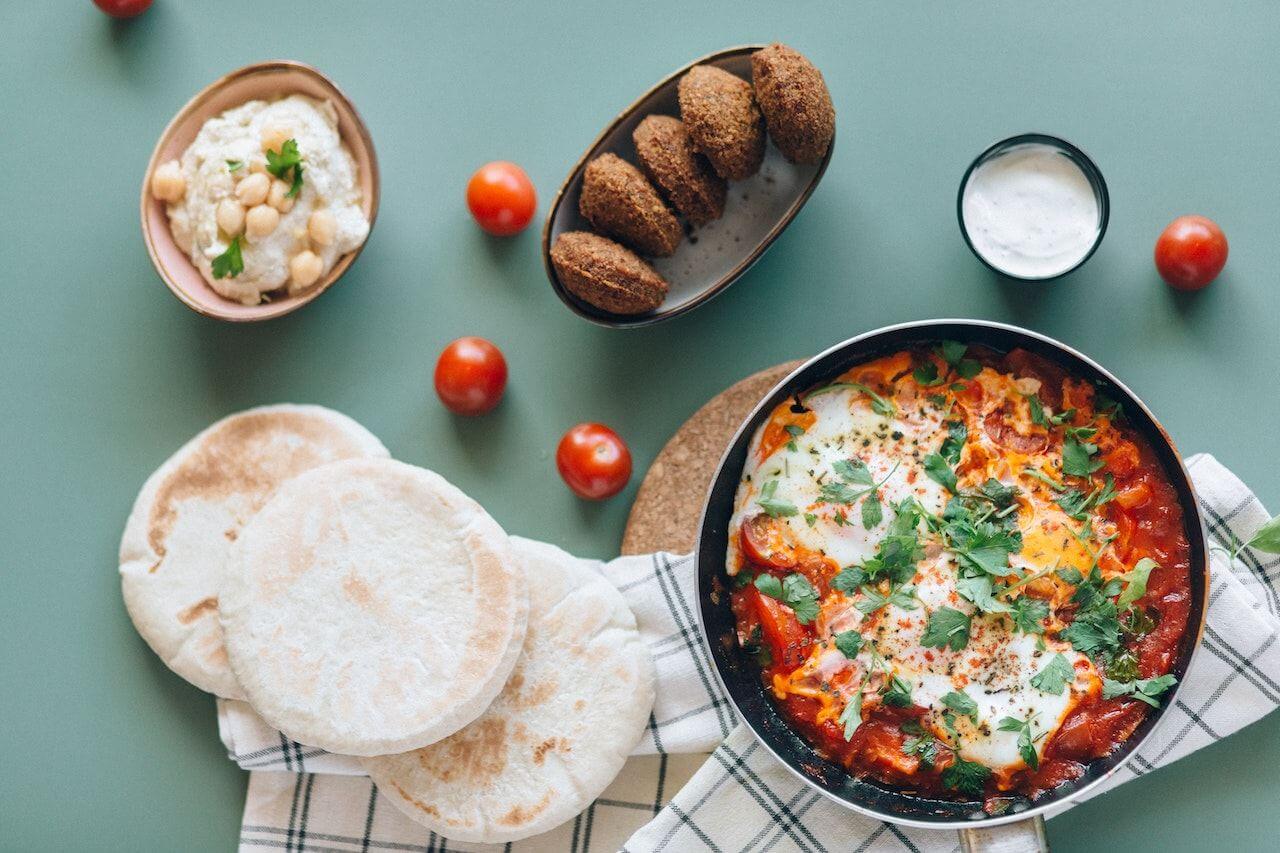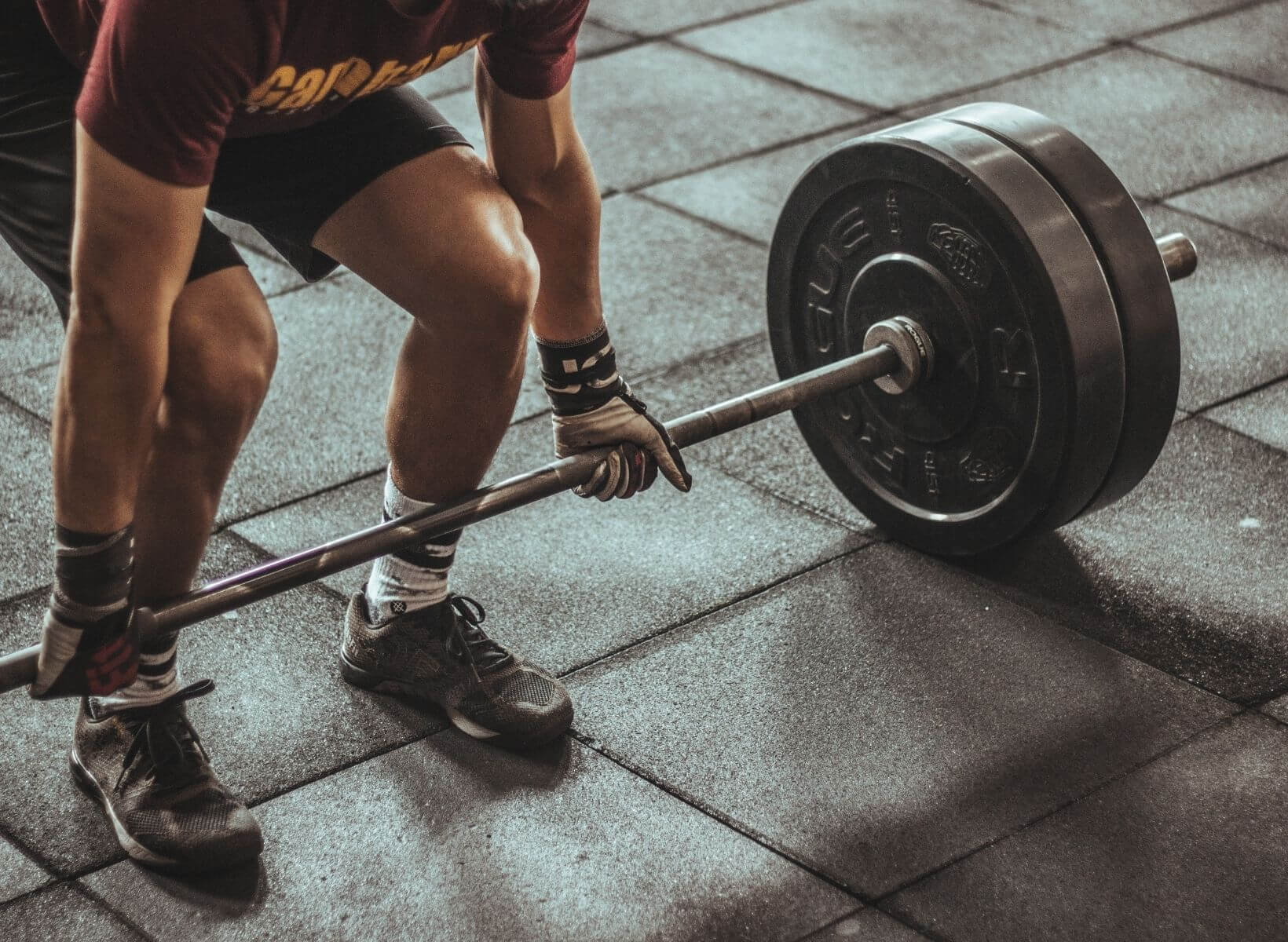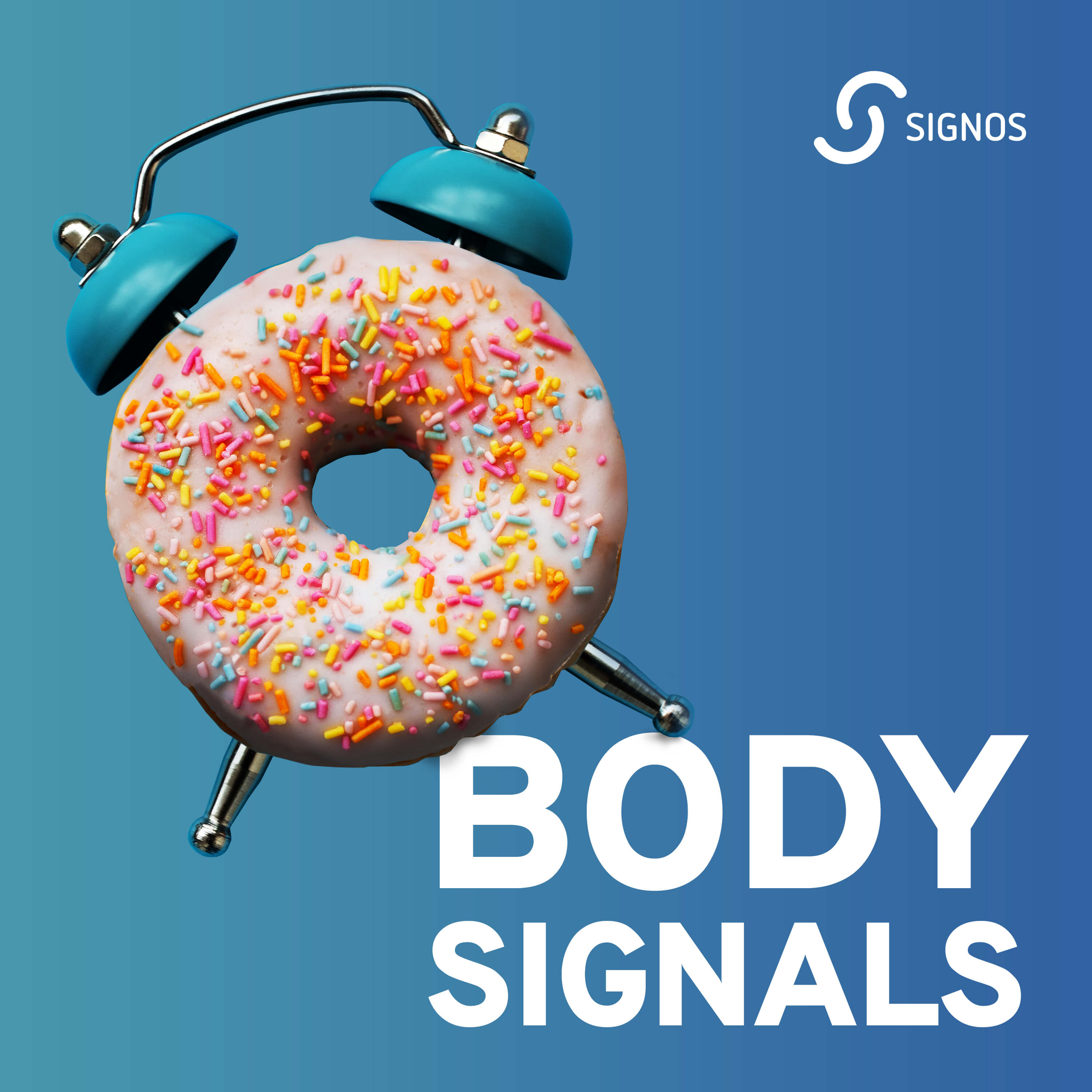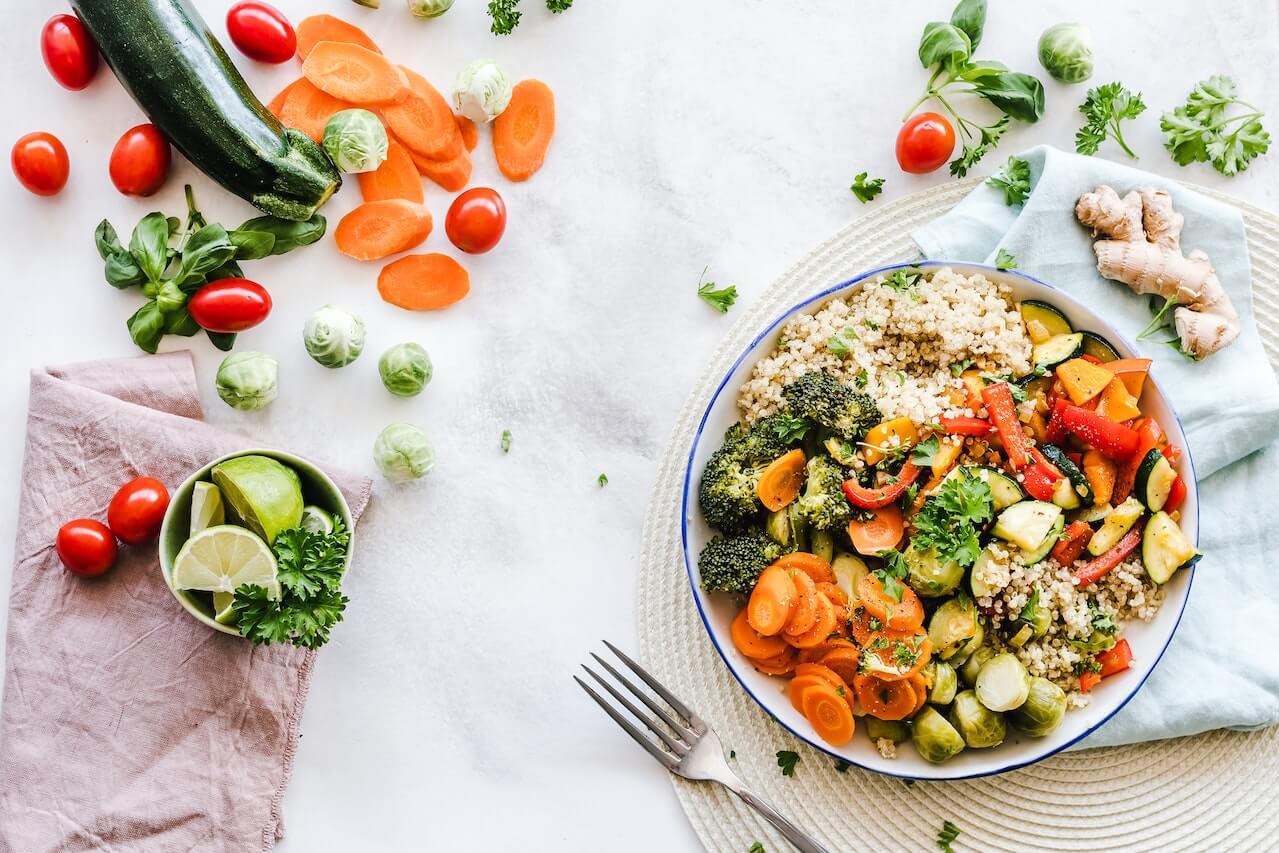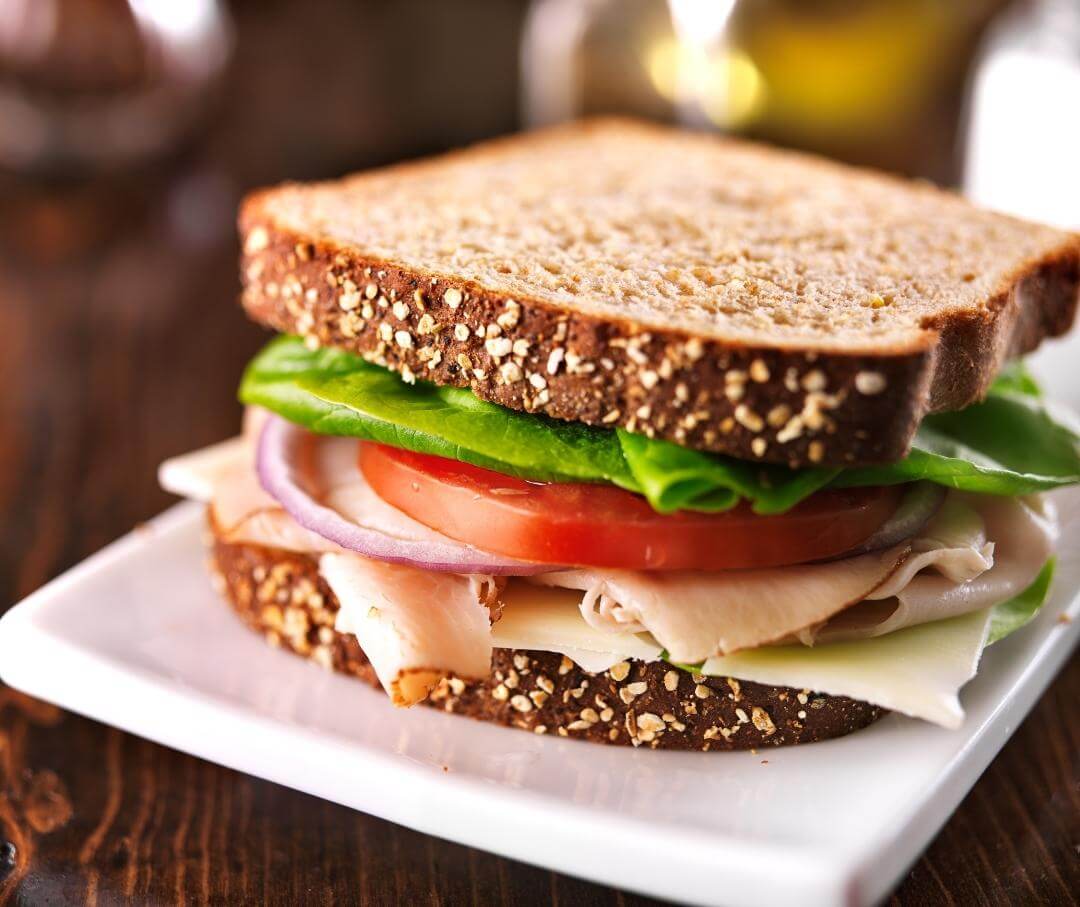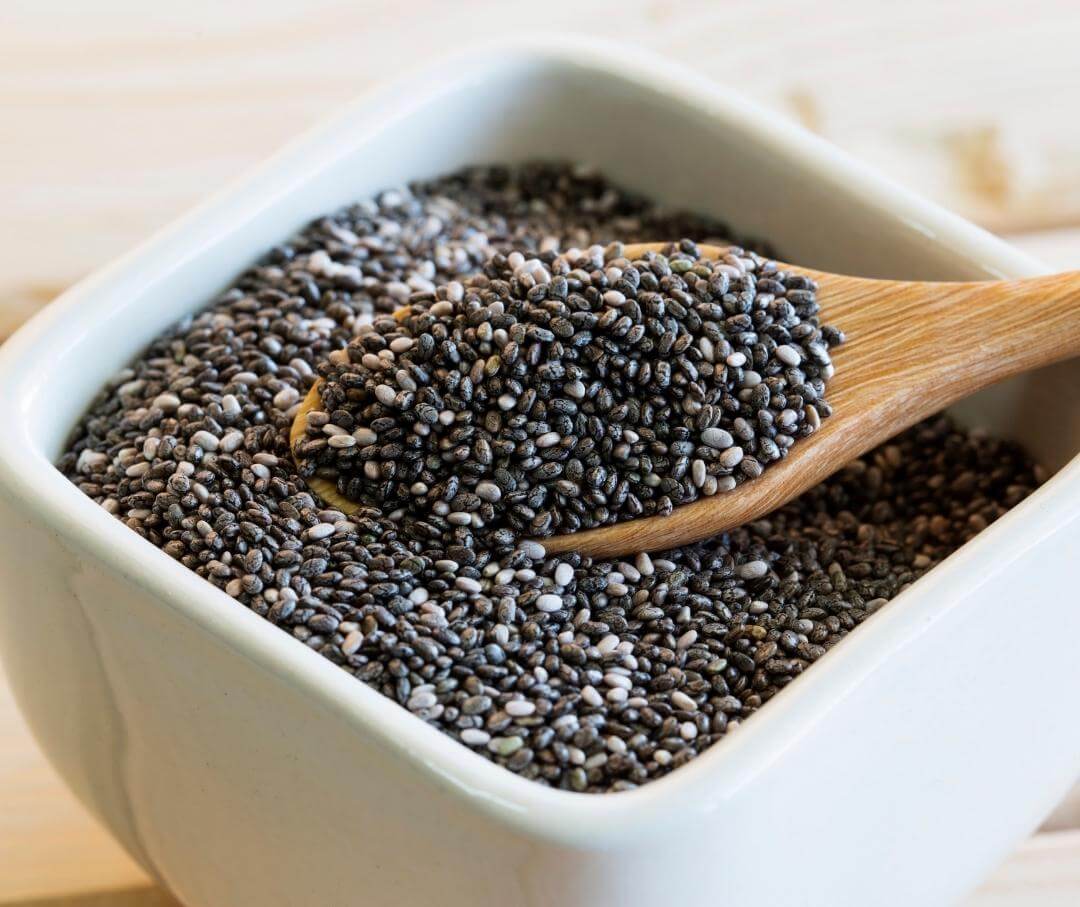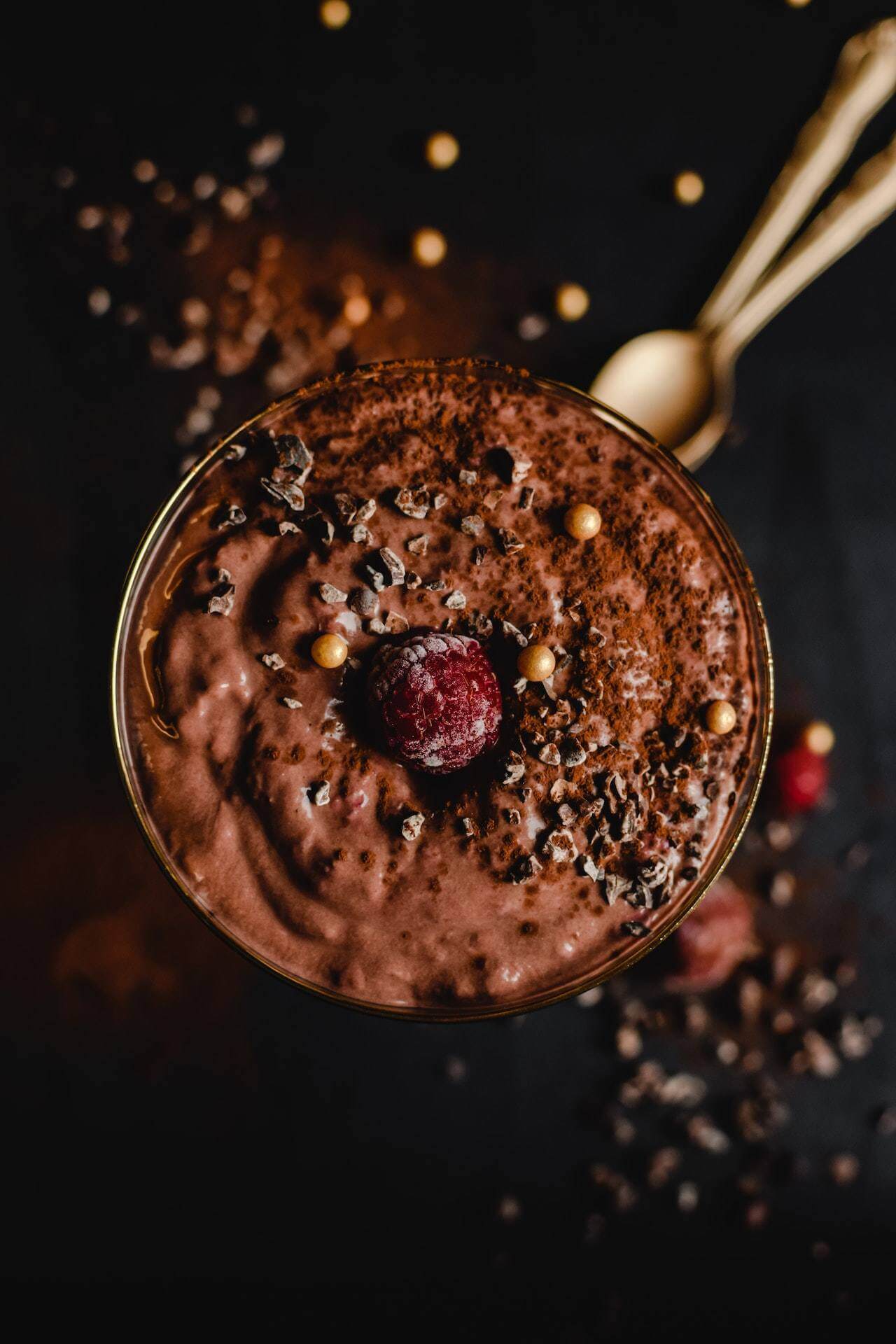In addition to being just plain old inconvenient (and often coming at the worst times), your period may come with a laundry list of symptoms. Bloating, cramping, fatigue, and brain fog are just a few of the ailments commonly associated with menstruation. Interestingly, many of these issues can be managed and even alleviated by eating the right foods. In this article, we’ll dive into how food affects your menstrual cycle and the best and worst foods to eat when you have your period.
{{mid-cta}}
What Happens to Your Body During Your Period?
Your period is a part of your menstrual cycle. The menstrual cycle is the series of physiological changes that happen in your body every month as it prepares for the possibility of pregnancy. Your period is considered to be the first day of your cycle. A typical cycle lasts about 28 days but can vary based on your age and weight.1 Each cycle is broken down into phases. The first half is referred to as the follicular phase, and the second half is called the luteal phase. Under the follicular phase umbrella is the menses phase. This is the three to seven days of bleeding that occurs due to the shedding of the uterine lining (and what is referred to as your period).
During this time, estrogen and progesterone levels are at their lowest, and follicle-stimulating hormone (FSH) starts to increase slightly. This causes follicles (each containing one egg) to develop in your ovaries. Prior to ovulation, estrogen levels begin to increase and hit their peak just before ovulation. These hormone fluctuations are responsible for many of the symptoms you experience before and during your period.
Below are the most common symptoms during menstruation:2
- Abdominal cramps
- Lower back pain
- Sore breasts
- Nausea
- Diarrhea
- Headaches
- Mood swings
- Irritability
- Fatigue
- Brain fog
The Impact of Food on Your Menstrual Period

Food can help in ways other than just satisfying cravings during your period. While it’s okay to enjoy comfort foods once in a while, eating the right foods can reduce inflammation, which can lower symptoms of cramping and soreness. Additionally, the right foods can also help minimize the impacts of hormonal shifts. On the other hand, the wrong foods can pour gas on the fire and make PMS symptoms and period symptoms worse.
Nutrition is about more than just giving your body energy through calories and macronutrients like carbohydrates, proteins, and fats. The foods we eat impact us on a molecular level, providing antioxidants and other nutrients that protect against free radicals, which lowers inflammation and prevents our DNA from being damaged. The foods we eat also act as building blocks for our cells and the chemical messengers they produce. Choosing foods that are anti-inflammatory can help alleviate many period symptoms. Research has shown that women consuming an anti-inflammatory diet low in processed foods experienced significantly less menstrual pain.3
5 Foods to Avoid During Your Period
Diets high in processed foods and added sugars are pro-inflammatory and can make period symptoms worse. Do your best to avoid the following foods before and during your period:
Coffee
The high caffeine content of coffee can make cramps worse by narrowing blood vessels and further constricting the uterus.
Sugar
Sugar can throw off your hormones, create systemic inflammation, and negatively impact blood glucose, all of which exacerbate symptoms like headache and fatigue.
Alcohol
Alcohol can alter hormone levels and generate inflammation. Additionally, it can interfere with the production of neurotransmitters like serotonin and increase the risk of irritability and mood swings.5
Spicy Foods
Very spicy foods can cause stomach pain and diarrhea and make menstrual symptoms like bloating and cramping even worse.
Processed Foods
Processed foods high in added sugars and salt can increase inflammation and bloating.
<p class="pro-tip"><strong>Learn More: </strong><a href=is-spicy-food-good-for-you>Is Spicy Food Good for You? Pros, Cons, and Tips</a>.</p>
What Are the Best Foods to Eat on Your Period?

Diets rich in omega-3 fatty acids, colorful fruits and veggies, legumes, nuts, and seeds can reduce many symptoms associated with menstruation.4 Foods high in fiber, calcium, salt, and saturated fats can also improve period pain.
Below are the best foods to eat to reduce premenstrual syndrome and period symptoms:
Leafy Greens
Leafy greens are high in fiber, which can help balance estrogen. Additionally, greens are a good source of calcium and magnesium, which have been shown to reduce symptoms of PMS and support healthy blood flow.6
Fruits
Low-sugar fruits like berries are high in fiber and have powerful phytonutrients, like anthocyanins, that can reduce inflammation.
Eggs
Eggs contain vitamin D and vitamin B6, which support healthy hormone metabolism.
Water
Dehydration can cause symptoms like dizziness, nausea, headaches, and fatigue, so it’s important to drink plenty of water when you have your period.
Ginger
Ginger has powerful anti-inflammatory properties and can reduce symptoms like nausea and abdominal discomfort.
Fish
Fish are a great source of essential omega-3 fatty acids. This type of healthy fat combats inflammation. Opt for small, wild-caught fish whenever possible.
Nuts
Nuts are a good source of monounsaturated fats (the same healthy fat that’s found in olive oil), which have anti-inflammatory effects on the body. Nuts are also a good plant-based source of iron. Iron-rich foods are important during your period because iron is lost through the bleeding and needs to be replenished.
Avocado
Avocados are high in fiber, healthy fats, and magnesium. These nutrients regulate hormones and optimize blood flow.
Dark Chocolate
Dark chocolate is high in magnesium, which can help relax muscles and reduce cramping. Look for dark chocolate that is 70% cocoa or above.
Peppermint
One study found that peppermint extract reduced the severity of menstrual cramps. Researchers believe peppermint inhibits inflammatory compounds called prostaglandins. Try drinking peppermint tea during the first three days of your period for the best results.7
3 Other Ways to Ease Period Symptoms
While diet plays a big role in managing period symptoms, there are other things you can do to reduce pain, cramping, and fatigue associated with menstruation. If you struggle with a painful period each month, you may want to try one of the options below:
Massages
Massage has been shown to reduce pain, water retention, and overall distress associated with menstruation.8
Hot Compresses
Hot compresses can help relax muscles and improve blood flow, reducing period cramps.
Exercising
It’s well known that exercise can improve energy levels and mood. One systematic review found that 30 minutes of aerobic exercise three to five times a week can significantly reduce period symptoms like headache, nausea, cramps, and bloating.9
Learn More About the Impact of Blood Sugar on Overall Health With Signos’ Expert Advice
Signos incorporates cutting-edge research and the proven power of continuous glucose monitoring to help you lose weight and reach your health goals. Not sure if Signos is right for you? Take this quiz to find out! Interested in learning more about nutrition and healthy eating habits? Check out more articles on our blog.
<p class="pro-tip"><strong>Also Read: </strong><a href=for-the-chocolate-lovers>Can Dark Chocolate Lower Insulin Resistance?</a>.</p>
- Item 1
- Item 2
- item 3
Topics discussed in this article:
References
- https://www.hsph.harvard.edu/applewomenshealthstudy/updates/menstrualcyclestoday/#:~:text=The%20length%20of%20a%20cycle,cycles%20that%20are%20considered%20regular.
- https://www.nichd.nih.gov/health/topics/menstruation/conditioninfo/symptoms
- https://www.mdpi.com/2072-6643/16/1/69
- https://www.thewomens.org.au/health-information/periods/healthy-periods/exercise-diet-periods
- https://www.southampton.ac.uk/news/2018/04/alcohol-link-to-pms.page
- https://jamanetwork.com/journals/jamainternalmedicine/fullarticle/486599
- https://www.ncbi.nlm.nih.gov/pmc/articles/PMC4979258/
- https://pubmed.ncbi.nlm.nih.gov/10907210/
- https://www.ncbi.nlm.nih.gov/pmc/articles/PMC9392489/




